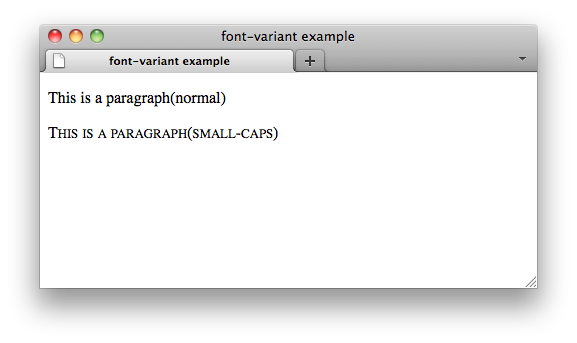

We communicate with users on a regular basis to provide requested services and in regard to issues relating to their account we reply via email or phone in accordance with the users' wishes when a user submits their information through our Contact Us form. However, these communications are not promotional in nature. Generally, users may not opt-out of these communications, though they can deactivate their account information. For instance, if our service is temporarily suspended for maintenance we might send users an email. On rare occasions it is necessary to send out a strictly service related announcement. If you have elected to receive email newsletters or promotional mailings and special offers but want to unsubscribe, simply email Service Announcements Pearson may collect additional personal information from the winners of a contest or drawing in order to award the prize and for tax reporting purposes, as required by law. Pearson collects name, contact information and other information specified on the entry form for the contest or drawing to conduct the contest or drawing. Occasionally, we may sponsor a contest or drawing. Pearson collects information requested in the survey questions and uses the information to evaluate, support, maintain and improve products, services or sites develop new products and services conduct educational research and for other purposes specified in the survey. Pearson may offer opportunities to provide feedback or participate in surveys, including surveys evaluating Pearson products, services or sites. We use this information to complete transactions, fulfill orders, communicate with individuals placing orders or visiting the online store, and for related purposes. Online Storeįor orders and purchases placed through our online store on this site, we collect order details, name, institution name and address (if applicable), email address, phone number, shipping and billing addresses, credit/debit card information, shipping options and any instructions.

We use this information to address the inquiry and respond to the question. To conduct business and deliver products and services, Pearson collects and uses personal information in several ways in connection with this site, including: Questions and Inquiriesįor inquiries and questions, we collect the inquiry or question, together with name, contact details (email address, phone number and mailing address) and any other additional information voluntarily submitted to us through a Contact Us form or an email. Please note that other Pearson websites and online products and services have their own separate privacy policies. This privacy notice provides an overview of our commitment to privacy and describes how we collect, protect, use and share personal information collected through this site. Pearson Education, Inc., 221 River Street, Hoboken, New Jersey 07030, (Pearson) presents this site to provide information about Peachpit products and services that can be purchased through this site. auto-Allows the browser to determine how the element should be displayed based on context.

normal-Forces the default style to be applied.none-Hides a border, image, or other visual element.inherit-Forces a property to be inherited that would normally not be inherited, or overrides other applied style values and inherits the parent’s value.In addition to overriding the relevant property with another value, many CSS properties have values that allow you to override inheritance: All those properties are displayed unless you change the specific existing properties that make up its appearance. When defining the styles for a selector, you do not cause it to lose any of its inherited or inherent attributes unless you specifically override those styles. Managing existing or inherited property values So, in the previous example, to force all the bold tags in a paragraph to take on the 4px padding, you could set their padding value to inherit. If you did want to force an element to inherit a property of its parent, many CSS properties include the inherit value. If you have any doubts, see Appendix A, which lists all the CSS properties and how they are inherited. For example, if you set a padding of four pixels for the paragraph tag, you would not expect bold tags within the paragraph to also add a padding of four pixels. You will probably have no trouble figuring out which properties are inherited and which are not. In some cases, a style property is not inherited from its parent-obvious properties such as margins, width, and borders. Styles in parentheses are inherent styles applied by the browser for the particular HTML tag. The final result of the styles applied and inherited is bold, red, and italicized text in Times font.


 0 kommentar(er)
0 kommentar(er)
